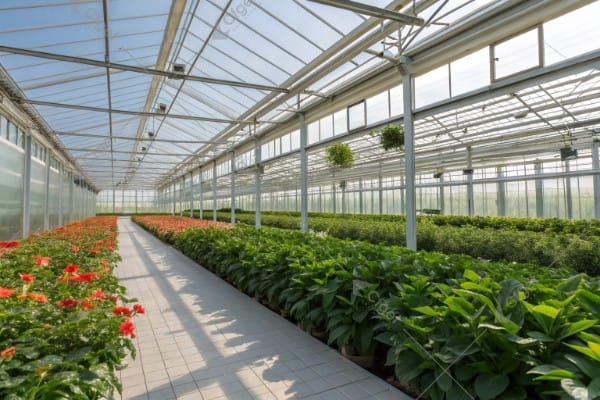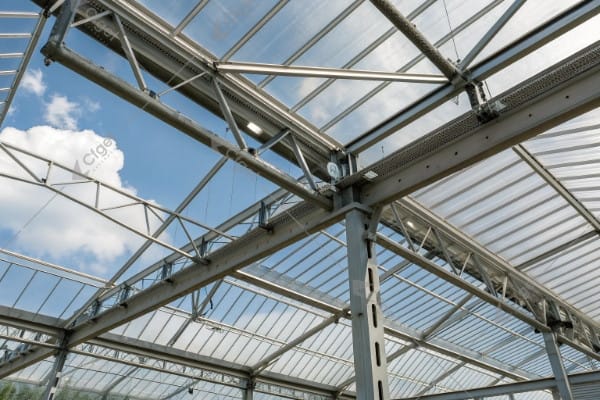Are you planning a Chinese greenhouse but unsure how to get the most out of the sun’s energy? This is crucial for success.
Maximizing solar energy in a Chinese greenhouse involves optimal orientation, smart wall design, appropriate covering materials, correct angle optimization, and effective insulation. These factors work together to create a warm, productive environment.
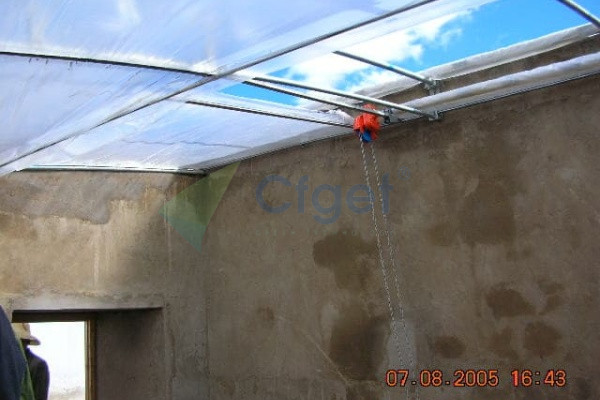
Let’s unlock the secrets to efficient solar design.
Optimal Orientation: Determining the Ideal Direction for Your Solar Greenhouse?
Confused about which way your greenhouse should face for best results? Proper orientation is fundamental.
In the Northern Hemisphere, a Chinese greenhouse should face south to maximize sunlight exposure during the winter months. In the Southern Hemisphere, it should face north. Precise alignment is key for optimal energy capture.
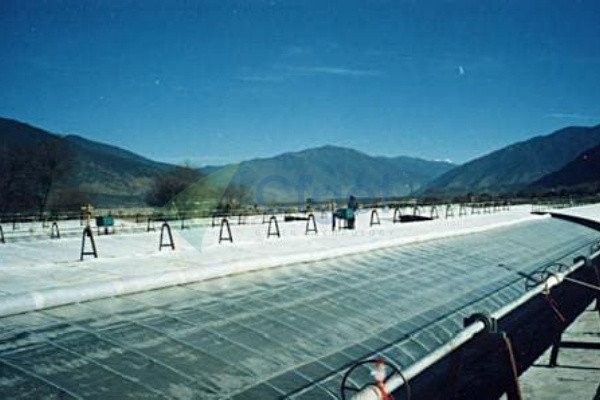
This isn’t just about pointing it "generally south" (or north). We need to be more precise. The exact direction is vital.
Determining True South (or North):
| Method | Description | Tools Needed | Accuracy |
|---|---|---|---|
| Compass | A simple magnetic compass can point you towards magnetic north. However, you’ll need to adjust for magnetic declination (the difference between magnetic north and true north) to find true north. | Magnetic compass, declination chart (available online or in mapping apps) | Moderate (depends on declination adjustment) |
| GPS | A GPS device or smartphone app can provide your latitude and longitude, and some apps can also indicate true north directly. | GPS device or smartphone with GPS capabilities | High |
| Sun Shadow (Stick Method) | Place a stick vertically in the ground on a sunny day. Mark the tip of the shadow. Wait an hour or two, and mark the tip of the shadow again. Draw a line connecting the two marks. This line runs approximately east-west. A line perpendicular to this will be north-south. | Stick, measuring tool, level ground | Moderate (more accurate around solar noon) |
| Solar Noon Method | Determine the time of solar noon (when the sun is at its highest point) for your location. At solar noon, the sun will be due south (in the Northern Hemisphere) or due north (in the Southern Hemisphere). | Information about solar noon, the sun is in the due south at solar noon. | High |
| Online Calculators | Several online calculators can determine the optimal greenhouse orientation based on your latitude and longitude. | Internet access, latitude and longitude coordinates | High |
My own greenhouse is slightly off-true south, by just a few degrees. I used a combination of a compass and a sun shadow method to double-check. It’s amazing how much difference even a small adjustment can make in terms of light and heat gain!
Wall Design: Materials, Thickness, and Insulation?
Uncertain about the best wall construction for heat storage? The north wall is the heart of a Chinese greenhouse.
The north wall should be built with high-thermal-mass materials like brick, concrete, rammed earth, or cob. It needs to be thick and well-insulated to absorb and retain heat effectively.
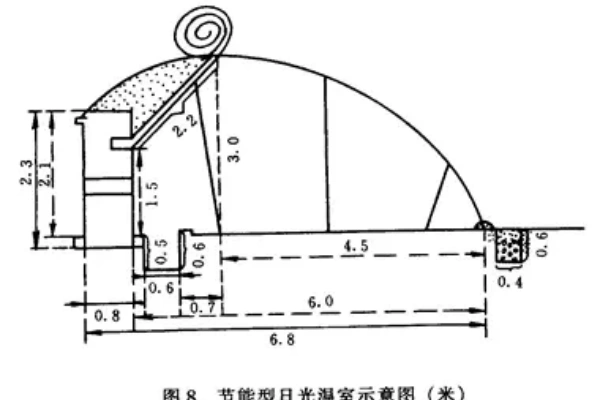
It’s not just about any thick wall. It’s about the right materials and construction.
Wall Material Comparison:
| Material | Thermal Mass | Insulation (R-value) | Cost | Durability | Environmental Impact |
|---|---|---|---|---|---|
| Brick | High | Low | Moderate | High | Moderate |
| Concrete | High | Low | Moderate | High | High |
| Rammed Earth | Very High | Moderate | Low | High (if built correctly) | Low |
| Cob | Very High | Moderate | Very Low | High (if built correctly) | Very Low |
| Stone | High | Low | High (depending on source) | Very High | Moderate to High |
The thicker the wall, the more heat it can store. A general guideline is to aim for a wall thickness of at least 250-400mm (10-16 inches), and even thicker in colder climates.Adding insulation to the exterior of the north wall is crucial. This helps to prevent heat loss to the outside, directing more of the stored heat back into the greenhouse.
Covering Materials: Balancing Light Transmission and Heat Retention?
Struggling to choose between different greenhouse covering options? Finding the right balance is crucial.
The covering material should allow sufficient sunlight to enter for plant growth while also minimizing heat loss. Double-layer polyethylene film is a common choice, offering a good balance of light transmission, insulation, and affordability.
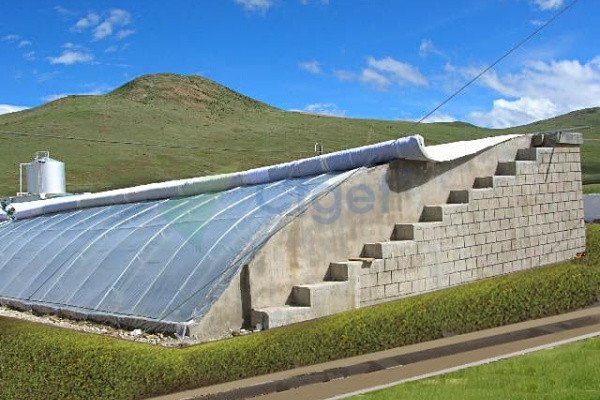
It’s a trade-off between letting light in and keeping heat trapped.
Covering Material Options:
| Material | Light Transmission | Heat Retention | Durability | Cost |
|---|---|---|---|---|
| Single-Layer Polyethylene Film | High | Low | Low | Low |
| Double-Layer Polyethylene Film | Good | Good | Moderate | Moderate |
| Polycarbonate (Twin-Wall) | Good | Excellent | High | High |
| Glass | Excellent | Moderate | Very High | High |
Double-layer polyethylene film, often inflated with air between the layers, provides a good compromise. The air gap acts as an insulator, reducing heat loss. Polycarbonate panels are more durable and offer better insulation, but they are also more expensive. Glass has excellent light transmission but can be heavy, requiring a stronger (and more expensive) frame, and is more easily broken.
Angle Optimization: Maximizing Solar Energy Capture?
Wondering about the ideal roof angle for your greenhouse? This directly impacts solar gain.
The angle of the south-facing roof should be optimized to maximize solar energy capture during the winter months. This angle depends on your latitude.
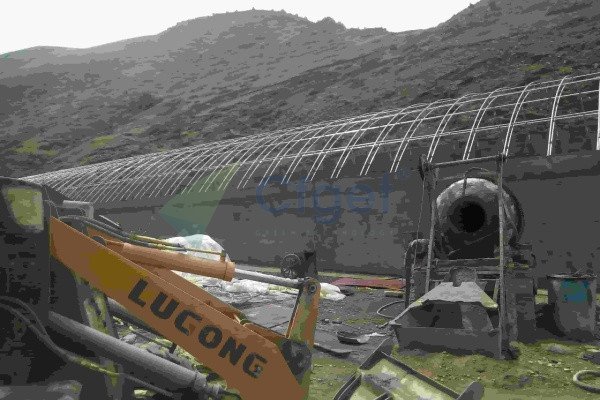
It’s not a one-size-fits-all situation. The angle is directly related to your location on Earth.
Determining the Optimal Roof Angle:
A general rule of thumb is to set the roof angle equal to your latitude plus 10-20 degrees.
For Example:
- Latitude 30°N: Roof angle = 40-50°
- Latitude 40°N: Roof angle = 50-60°
- Latitude 50°N: Roof angle = 60-70°
This rule of thumb, you just need simply calculate it.
This angle ensures that the sun’s rays strike the roof more directly during the winter, when the sun is lower in the sky, maximizing energy absorption.
Insulation measures: prevent heat loss at night?
How to keep the temperature at night? This directly impacts your planting.
The insulation should be put down at night to prevent heat loss. It should be rolled up during the day to allow sunlight to enter.

It’s not a one-size-fits-all situation. The type is directly related to your budget.
Choosing the Insulation:
| Material | Cost | Thermal insulation performance | service life |
|---|---|---|---|
| Straw curtain | low | Relatively poor | 1-2 years |
| Cotton quilt | moderate | good | 3-5 years |
| Thermal insulation blanket | Relatively high | excellent | 5-7 years |
The insulation can choose the different materials, but there must be some.
This rule of thumb, you just need simply calculate it.
Remember, the Chinese greenhouse design is all about working with the sun, not against it. I spent a lot of time researching the optimal angle for my location before building. It made a noticeable difference in how well my greenhouse performed during the winter.
Conclusion
A well-designed Chinese greenhouse harnesses the sun’s power efficiently. By focusing on orientation, wall construction, covering, angle, and insulation, you create a thriving growing environment, even in winter!



